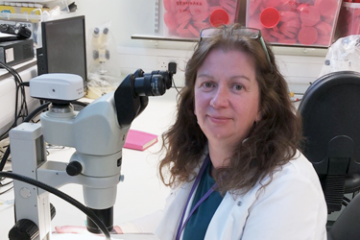Partnerships and impact awards
High-throughput in vitro culture system for Cryptosporidium oocysts: replacing animals in research

At a glance
Completed
Award date
August 2017 - May 2019
Grant amount
£75,608
Principal investigator
Professor Joanne Cable
Institute
Cardiff University
R
- Replacement
Read the abstract
View the grant profile on GtR
